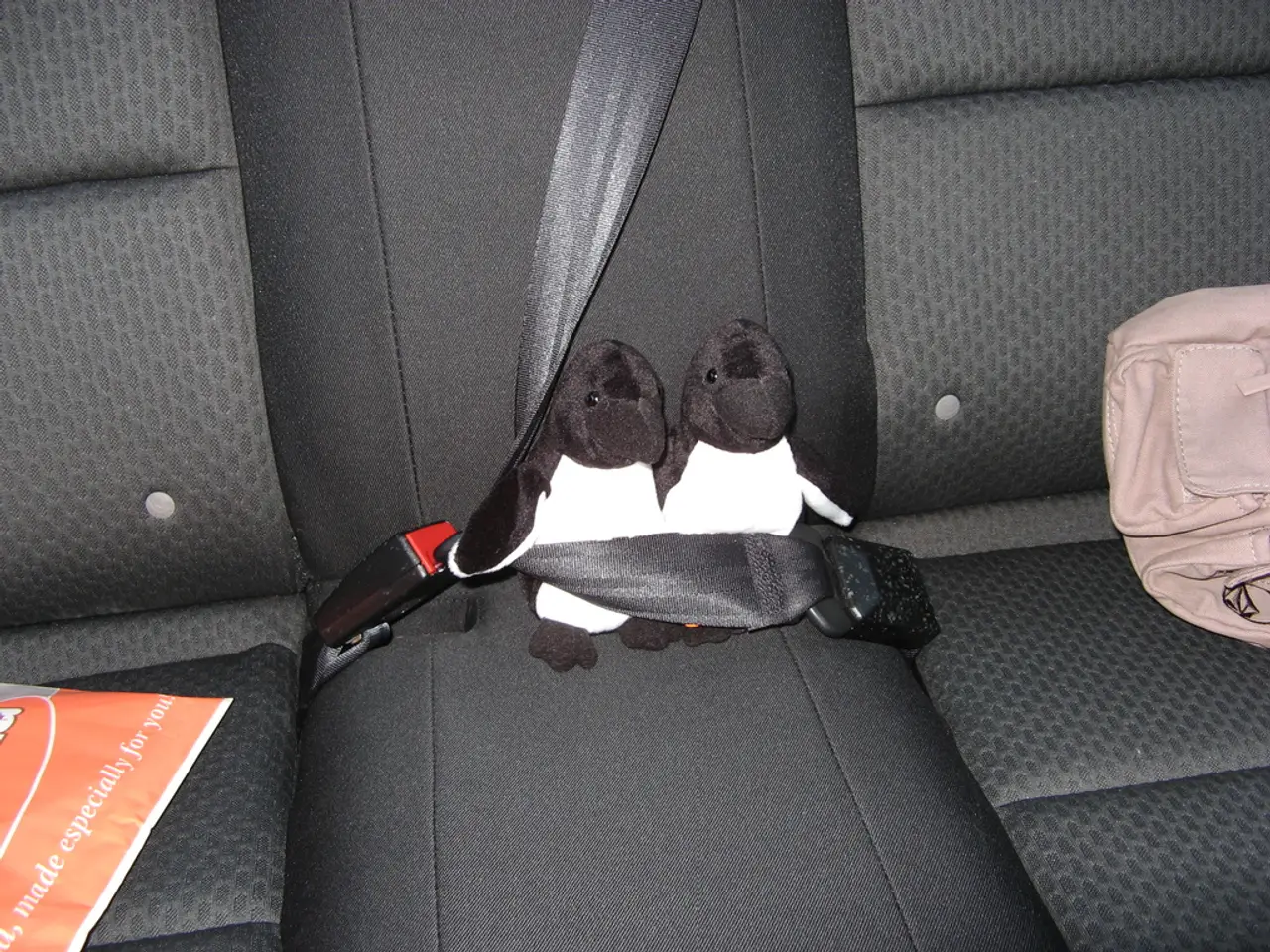Germany's Regulations Governing Child Car Seats
In Germany, the safety of children in cars is a top priority. Here are the key points to remember when travelling with children in vehicles.
Safety Standards
Child seats must comply with either UN ECE Regulation R44/04 or UN ECE Regulation R129 (i-Size) standards. Seats that meet these regulations bear an orange approval label.
Age, Height, and Weight Categories
Children under 1.35 meters (approximately 4 feet 5 inches) must use a child seat or booster suitable for their size. Under the older R44 system, seats were selected by weight groups, but the i-Size (R129) system selects seats based on child height.
Installation Methods
i-Size seats encourage the use of the ISOFIX anchoring system, which provides a secure, easy, and consistent method of attaching the seat without using the vehicle seatbelt. Older R44 seats are usually installed using the vehicle seatbelt, though ISOFIX variants exist.
Rear-Facing Requirement
Under i-Size, infants must remain rear-facing until minimum 15 months old for enhanced safety.
Comparison to Other Countries
The German law aligns with EU-wide standards and requires compliance with UNECE regulations, unlike countries such as the US and Canada that use different rules.
Responsibilities and Consequences
- Booster seats are legally required for children in Germany until they are either 12 years old or reach 150 cm in height. This applies to all vehicles where seat belts are fitted, including carsharing vehicles and taxis.
- Parents or guardians are responsible for providing the child seat when travelling in a taxi. Failure to provide an appropriate child seat can lead to fines for the parent(s) or guardian.
- Taxi drivers may face consequences if they knowingly allow unrestrained children to travel, but policing tends to focus on the responsibility of guardians.
- In carsharing vehicles, the driver is responsible for providing and correctly installing the child seat.
Tips and Advice
For more advice, see the ADAC's child seat guide. It is recommended to bring your own child seat when using carsharing services, as they may or may not supply one.
The i-Size system places more emphasis on height as opposed to weight, and offers improved side-impact protection. Experts recommend keeping children rear-facing for as long as possible, ideally until 15 months or later.
Using the correct seat is essential to avoid penalties, including points on driving licenses and fines starting from €60. By following these guidelines, you can ensure the safety of your child while on the road in Germany.
- It's crucial to choose a child seat that complies with either UN ECE Regulation R44/04 or UN ECE Regulation R129 (i-Size), as these regulations prioritize health-and-wellness and safety in vehicles for children in Germany.
- Expert advice suggests that, under the i-Size system, it's more beneficial to keep children rear-facing for as long as possible, which can significantly boost their health-and-wellness and safety while travelling in cars. Science supports this stance, highlighting the improved side-impact protection offered by the i-Size system over previous weight-based systems.




